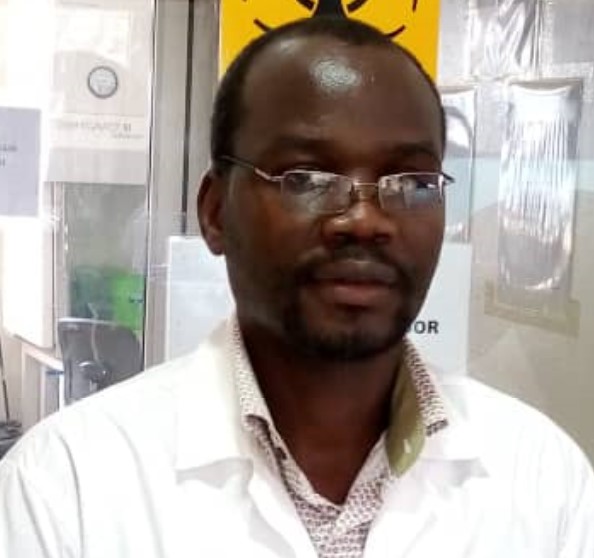

Dr
Esin Nkereuwem
Current Organisation
Medical Research Council Unit The Gambia at London School of Hygiene and Tropical Medicine
Current Job Title
Clinical Research Fellow
Biography
Publications
Background and objective
Isoniazid preventive therapy (IPT) is known to reduce the risk of developing active TB in about 59% in children aged ⩽15 years. We assessed adherence, completion and adverse events among children who were household contacts of a newly diagnosed adult with smear-positive TB in Bamako, Mali.
Methods
Children aged <15 years living in the same house with an adult smear-positive index case were enrolled in the study in the Bamako Region after consent was obtained from the parent or legal guardian. Adherence was assessed based on the number of tablets consumed during 6 months.
Results
A total of 260 children aged <15 years were identified as household contacts of 207 adult patients with smear-positive TB during the study period. Among all child contacts, 130/260 (50.0%) were aged 0-4 years and were eligible for IPT; 128/130 (98.5%) were started on IPT and 83/128 (64.8%) completed with good adherence at the end of the 6 months, and without any significant adverse events.
Conclusion
We successfully implemented IPT with good acceptance, but low completion rate. The Mali National TB Program and partners should expand this strategy to reach more children in Bamako and the whole country and create greater awareness in the population.
Project Title
Evaluating the sequelae of pulmonary tuberculosis in Gambian children
EDCTP Project
TMA2020CDF-3197
EDCTP Program
EDCTP2
EDCTP Project Call
Career Development Fellowship (CDF)
Host Organisation
| Department | Institution | Country |
|---|---|---|
| Medical Research Council (MRC) Unit - The Gambia | GM |
Project Objectives
The specific objectives are To determine the prevalence and risk factors of post-TB lung disease among children and adolescents below 18 years of age. To investigate the health-related quality of life (HRQoL) and strategies for coping with persistent health impairment in children with post-TB lung disease To develop a guideline on the methodology for evaluating post-TB lung health in children, including measurement of lung functions, applicable for low- and middle-income country settings.
Study Design
prospective cohort study
Project Summary
Tuberculosis (TB) is the deadliest cause of death from a single infectious agent with more than one million new cases reported in children below 15 years each year. At least 80% of these children have the disease affecting their lungs to varying degrees of severity. Pulmonary TB (pTB) can be treated using anti-tuberculous medications taken by mouth for six months. Traditionally, these children are adjudged to be cured or successfully treated when they have completed their course of pTB treatment and no longer have the symptoms and signs of disease. Many patients with pTB develop anatomical changes during the disease, due to varying degrees of lung parenchymal damage, which may result in persistent impairment in lung function and reduction in their general quality of life. However, there are currently no published data about adverse health consequences or long-term impact of pTB, including changes in the lung function, in children and adolescents who have completed TB treatment, especially in LMIC where the burden of TB disease is particularly high. The current clinical and microbiological definitions of TB treatment outcomes completely ignore the possibility of persistent health impairment following “apparently” successful treatment of TB disease in children, and there is no follow-up. This study aims to describe the impact of pTB on the lung function and health-related quality of life (HRQoL) of Gambian children. Children aged below 18 years will be prospectively enrolled after completion of TB treatment and followed up for six months. During this period, data will be collected that will help to characterise and describe the consequences of pTB on the function of the lungs, the HRQoL, and the general well-being of these children. The proposed study seeks to generate critical research evidence on the burden of residual health impairment in children following TB treatment, and to raise awareness of the existence of this problem in a way that is intended to be generalisable to the wider sub-Saharan African region, which are key focus areas of the EDCTP2 Programme. The study will provide training and networking opportunities for the fellow to transition to research independence.


